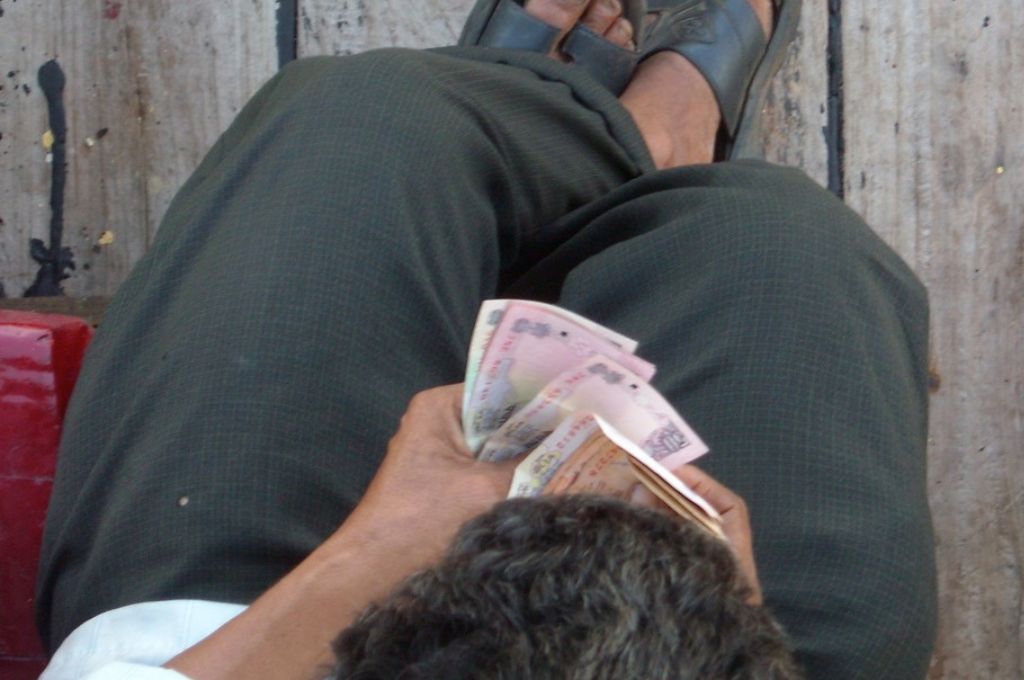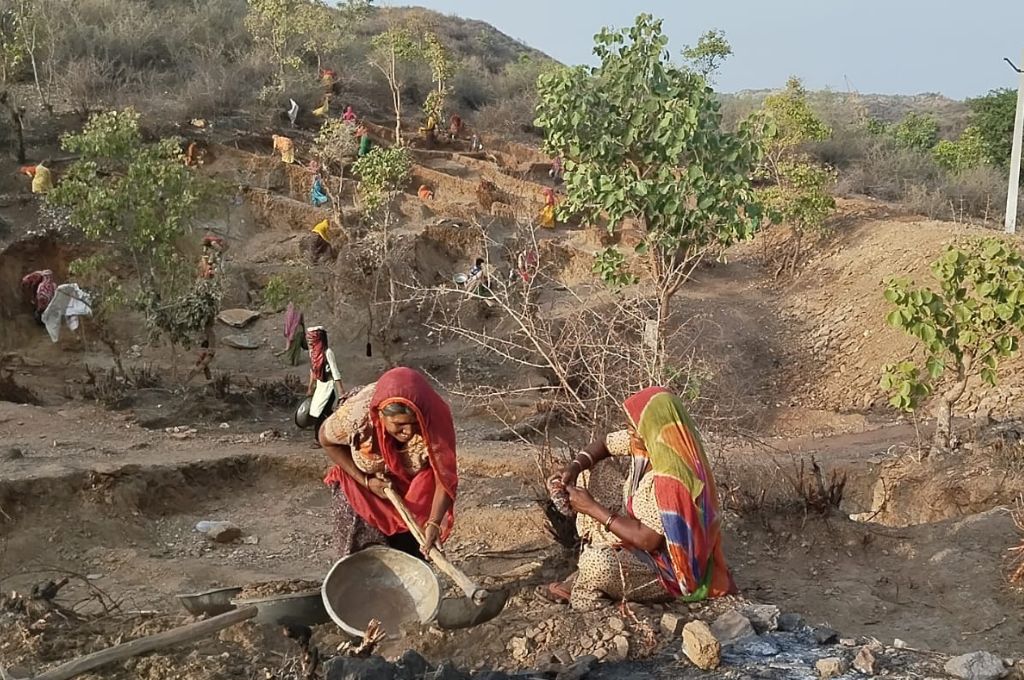The long-run is made up of a series of short-runs, and unless there are clear visible movements in the near-term, the long-term becomes harder and harder to get to. For example, Indian governments of all political persuasions have formally acknowledged the importance of healthcare and have made commitments to invest in it. However, year after year for the last several decades, the actual amounts allocated have fallen far short of what is needed.
Given this reality, both at the centre and the states, it becomes important that we carefully examine where the scarce resources of the government are currently going. Further, we should explore if they represent the best use of funds, and, potentially, where additional resources for sectors such as healthcare may be found.
The critical role of public funds
As a rule, public funds are expected to complement what people, acting on their own, can accomplish for themselves. The theory is that such approaches gradually lead economies to find an equilibrium which is competitive, has minimal waste, and is socially the most desirable.
This builds the logic for government investments in services such as good regulation and national security, which people, acting independently, would end up under-providing. These are also referred to as public goods.
This rule also builds the case for the use of instruments such as unconditional cash transfers, where recipients do not have to fulfil any conditions or demonstrate particular behaviours to get the funds. Such transfers to the poor change the amount of starting funds that they have to participate in the larger economy.
People do not behave in ways that lead to the best possible outcomes for themselves.
While for the most part, this theory works well, in some sectors, even with substantial cash transfers or growth in incomes, people do not behave in ways that lead to the best possible outcomes for themselves.
In healthcare, for example, people with money often decide not to go a primary care doctor and instead prefer to straight away go to a specialist. Or, pregnant women decide not to have a normal delivery but choose instead to give birth through an elective caesarean section, even if it is not medically necessary. These behaviours result in an enormous waste of resources, both at an individual as well as at an economy-wide level. Addressing these failures, therefore, becomes important and needs active intervention and additional investment by the government, for reasons over and above those specified earlier.

Unfortunately, Indian governments, instead of focusing their investment efforts solely on such issues, tend to choose one of two courses of actions. They either participate actively in multiple sectors—such as banking and agriculture—where they end up distorting economy-wide outcomes; or they over-invest in a small number of ‘visible’ sectors such as hard infrastructure. This approach not only results in under-investment in public goods and poorly funded cash-transfers programmes, but also leaves little room for investment in essential fields such as healthcare.
How public funds have been allocated poorly
Banks are often viewed purely as providers of liquidity. The belief is that as long as they continue to do that, they are helping the economy perform. However, nothing could be further from the truth. In an environment like India, where money and bond markets still need time to mature, the key role of banks is to allocate scarce resources as efficiently as possible. This is so that enterprises that receive the money can go on to create the jobs and the growth that we so urgently need, and individuals receive the right mix of appropriately-priced savings and loans.
We need to allow the banking system to find its own level unaided.
Banks that fail to discharge this responsibility and are consistently unable to distinguish between good and bad companies actually hurt the economy. Continually providing them with fresh capital, as we have done in the last three years , is a poor use of public funds and distorts economy-wide outcomes. For example, the companies which accounted for some of the largest defaults in the banking system received large amounts of funds from these banks, but failed to create jobs or contribute to the growth of the Indian economy. We need to allow the banking system to find its own level unaided, under the active oversight of the Reserve Bank of India. This would entail banks being forced to raise capital in the open market, and being subjected to tighter supervision and restricted operations, which in turn would result in far superior economy-wide outcomes.
In terms of the more traditional public goods such as roads and national highways, there is little doubt that the kinds of investments India has made in rural roads (when contrasted with China’s almost exclusive focus on national highways) have had a transformative impact. India now has one of the highest road densities (per square kilometre) in the world, well ahead of China and USA, and only somewhat behind some of the European countries. And, while continuing investments in building such infrastructure remains important, the question is one of balancing that with other priorities, such as healthcare, education, and others, and not over-investing in only those sectors that are ‘visible’.
The importance of health and human capital in India’s growth story
The broad Indian political view has been shaped a great deal by the historic scarcity of capital and the apparent surplus of human resources. This view has however not paid sufficient attention to two important factors. First, that economic growth needs capital combined with strong human resources to deliver. And second, that without good health, as COVID-19 has so starkly reminded us, increased incomes have little value.
Poor levels of health also hurt India’s growth prospects severely.
India has some of the highest burdens of disease in the world, particularly when measured by the number of years of life lost due to death and disability on a per-capita basis. Of the 2.5 crore children that are born every year, almost seven lakh do not make it past the first year because of poor healthcare. At the other extreme, India is experiencing some of the fastest growth in deaths due to premature cardiac arrests and, most disturbingly, suicides. In addition to personal grief experienced by the family of the deceased, which no amount of income can compensate for, poor levels of health also hurt India’s growth prospects severely.
Why we need to invest more public funds in health
Good health is, therefore, a direct contributor to long-term growth as well as an inalienable aspect of that growth, if it is to translate into improved well-being, and not just more money in the bank. However, there is an important distinction between the health sector on the one hand, and banking, for instance, on the other. In the case of the latter, the best strategy is to essentially leave them alone with only the gentlest of touches to keep it from going off-track. When it comes to health though, more and more countries are realising that without substantial funding from the government, the health system is simply not going to evolve in desirable ways which eliminate waste and improve the well-being and growth capacity of the entire population.
We must re-examine the low priority we currently accord to investments in healthcare.
Switzerland and Japan, for example, are fiercely market-based economies. Yet, in the healthcare domain, governments have had to intervene through large scale financing. In fact, there is no country with a strong health system and good outcomes, where government financing does not play a dominant role. In an environment where, over the last two decades, China, Iran, and Turkey have reduced their people’s out-of-pocket expenditures on health by more than 20 percent on a population-wide basis, India is increasingly being seen as the only large economy which has steadfastly refused to do that.
If India is to find its rightful place in the global order in terms of parameters like per-capita income (in which it currently ranks towards the bottom) and the overall well-being of its citizens, it is absolutely imperative to do things differently. We need to completely rethink our overall strategy for the investment of public funds. In particular, we must re-examine the low priority we currently accord to investments in healthcare, where the need is to quadruple its level of investment, as other large countries have done.
—




